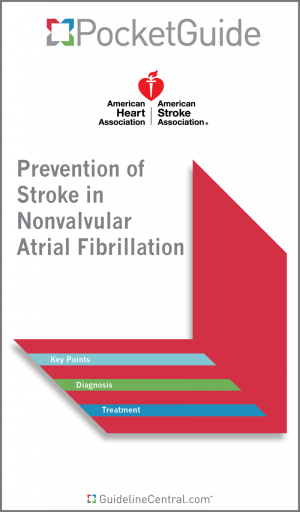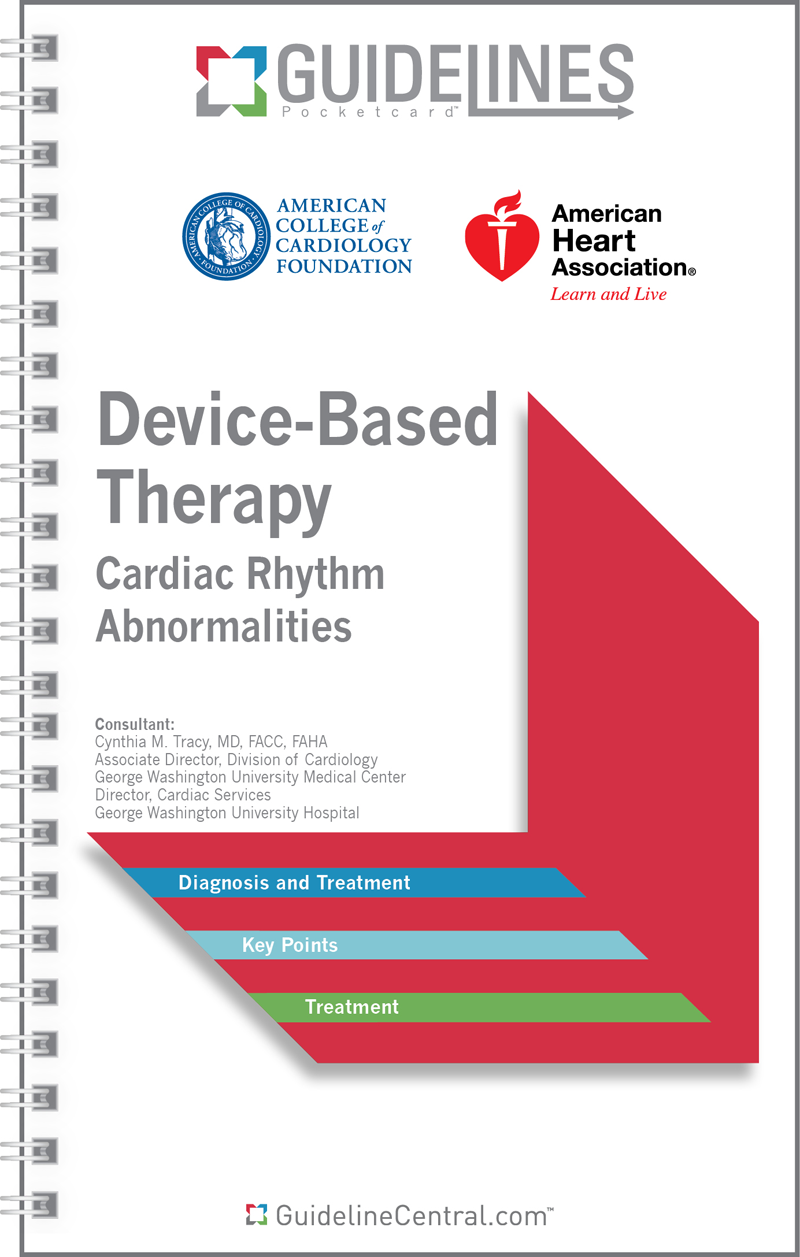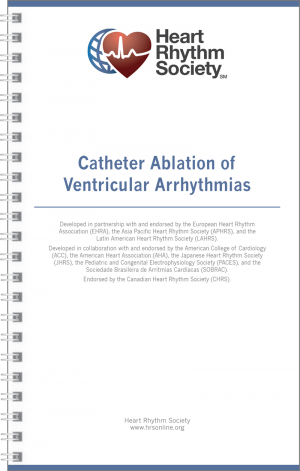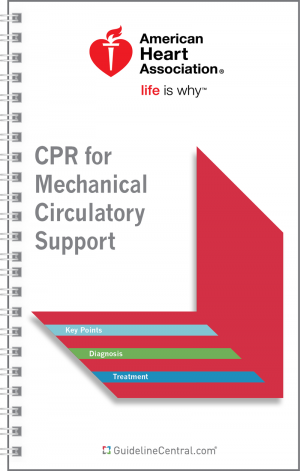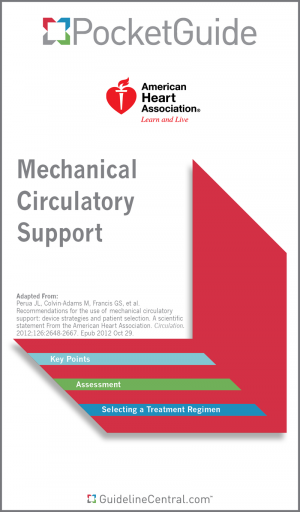Device-Based Therapy
- 20 pages
- Spiral Bound
- 80# Aqueous Coating
- 4.25" x 7.25"
- Ships in 5 – 10 business days
- Key Points
- Pacing Recommendations
- Sinus Node Dysfunction
- Acquired Atrioventricular Block
- Bifascicular Block
- After an Acute Myocardial Infarction
- Hypersensitive Carotid Sinus Syndrome and Neurocardiogenic Syncope
- After Cardiac Transplantation
- To Prevent Tachycardia
- To Terminate Tachycardia
- To Prevent Atrial Fibrillation
- Hypertrophic Cardiomyopathy
- Congenital Heart Disease
- Algorithms
- Sinus Node Dysfunction Management
- Indications for Cardiac Resynchronization Therapy
- Tables
- Monitoring Frequency by Type of Device
- Choice of Pacemaker by Indication
- Cardiac Resynchronization Therapy
- Implantable Cardioverter-Defibrillator
- Recommendations
- Options
- Indications
- Indications for Pediatric Patients With and Without Congenital Heart Disease
- For purchases under 100 in quantity, we suggest placing the order directly through the website.
- We offer group/institutional licenses for multi-user accounts (discount amount varies depending on the number of users).
- We are proud to offer special discounts to medical schools, training programs, students and more.
- We offer bulk purchase discounts based on number of copies and number of titles.
Contact Us for more details
Our mission is to build healthier lives, free of cardiovascular diseases and stroke. That single purpose drives all we do. AHA's Professional Membership is a made up of a robust group of cardiovascular professionals who participate in discovery and dissemination of science.
The Heart Rhythm Society (HRS) is a leading resource on cardiac pacing and electrophysiology. This specialty organization represents medical, allied health, and science professionals from more than 70 countries who specialize in cardiac rhythm disorders.
Description
This resource is for informational purposes only, intended as a quick-reference tool based on the cited source guideline(s), and should not be used as a substitute for the independent professional judgment of healthcare providers. Practice guidelines are unable to account for every individual variation among patients or take the place of clinician judgment, and the ultimate decision concerning the propriety of any course of conduct must be made by healthcare providers after consideration of each individual patient situation. Guideline Central does not endorse any specific guideline(s) or guideline recommendations and has not independently verified the accuracy hereof. Any use of this resource or any other Guideline Central resources is strictly voluntary.
You can also find this product included in these bundles!
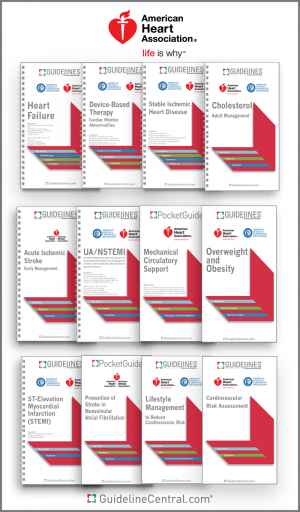
- Coronary Artery Revascularization
- CPR for Mechanical Circulatory Support
- Device-Based Therapy
- Diagnosis and Management of Aortic Disease
- Diagnosis and Treatment of Patients with Hypertrophic Cardiomyopathy
- Early Management of Patients With Acute Ischemic Stroke
- Evaluation and Diagnosis of Chest Pain
- Evaluation and Management of Patients with Bradycardia and Cardiac Conduction Delay
- Evaluation and Management of Patients With Syncope
- Heart Failure
- Management of Adults with Congenital Heart Disease
- Management of Blood Cholesterol
- Management of Patients with Atrial Fibrillation
- Management of Patients with Chronic Coronary Disease
- Management of Patients With Ventricular Arrythmias and the Prevention of Sudden Cardiac Death
- Mechanical Circulatory Support
- Mechanical Circulatory Support — Ambulatory and Community Patient Care
- Non-ST-Elevation Acute Coronary Syndromes
- Perioperative Cardiovascular Evaluation and Management of Patients Undergoing Noncardiac Surgery
- Peripheral Artery Disease Lower Extremity
- Prevention Of Stroke In Nonvalvular Atrial Fibrillation
- Prevention of Stroke In Women
- Prevention, Detection, Evaluation, and Management of High Blood Pressure in Adults
- Primary Prevention of Cardiovascular Disease
- Primary Stroke Prevention
- ST-Elevation Myocardial Infarction (STEMI)
- Stable Ischemic Heart Disease
- Supraventricular Tachycardia
- Valvular Heart Disease
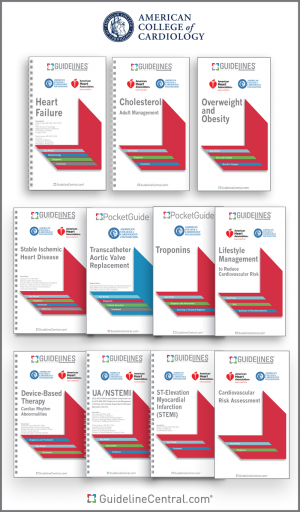
- Coronary Artery Revascularization
- Device-Based Therapy
- Diagnosis and Management of Aortic Disease
- Diagnosis and Treatment of Patients with Hypertrophic Cardiomyopathy
- Evaluation and Diagnosis of Chest Pain
- Evaluation and Management of Patients with Bradycardia and Cardiac Conduction Delay
- Evaluation and Management of Patients With Syncope
- Heart Failure
- Management of Adults with Congenital Heart Disease
- Management of Blood Cholesterol
- Management of Patients with Atrial Fibrillation
- Management of Patients with Chronic Coronary Disease
- Management of Patients With Ventricular Arrythmias and the Prevention of Sudden Cardiac Death
- Non-ST-Elevation Acute Coronary Syndromes
- Perioperative Cardiovascular Evaluation and Management of Patients Undergoing Noncardiac Surgery
- Peripheral Artery Disease Lower Extremity
- Prevention, Detection, Evaluation, and Management of High Blood Pressure in Adults
- Primary Prevention of Cardiovascular Disease
- ST-Elevation Myocardial Infarction (STEMI)
- Stable Ischemic Heart Disease
- Supraventricular Tachycardia
- Valvular Heart Disease
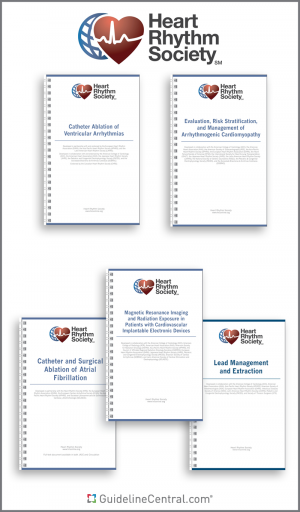
- Cardiac Physiologic Pacing for the Avoidance and Mitigation of Heart Failure
- Cardiovascular Implantable Electronic Device Lead Management and Extraction
- Catheter Ablation of Ventricular Arrhythmias
- Catheter and Surgical Ablation of Atrial Fibrillation
- Device-Based Therapy
- Diagnosis and Treatment of Patients with Hypertrophic Cardiomyopathy
- Evaluation and Management of Arrhythmic Risk in Neuromuscular Disorders
- Evaluation and Management of Patients with Bradycardia and Cardiac Conduction Delay
- Evaluation and Management of Patients With Syncope
- Evaluation, Risk Stratification, and Management of Arrhythmogenic Cardiomyopathy
- Magnetic Resonance Imaging and Radiation Exposure in Patients with Cardiovascular Implantable Electronic Devices
- Management of Patients with Atrial Fibrillation
- Management of Patients With Ventricular Arrythmias and the Prevention of Sudden Cardiac Death
- Practical Management of the Remote Device Clinic
- Supraventricular Tachycardia
Related Guidelines

Peripheral Artery Disease Lower Extremity
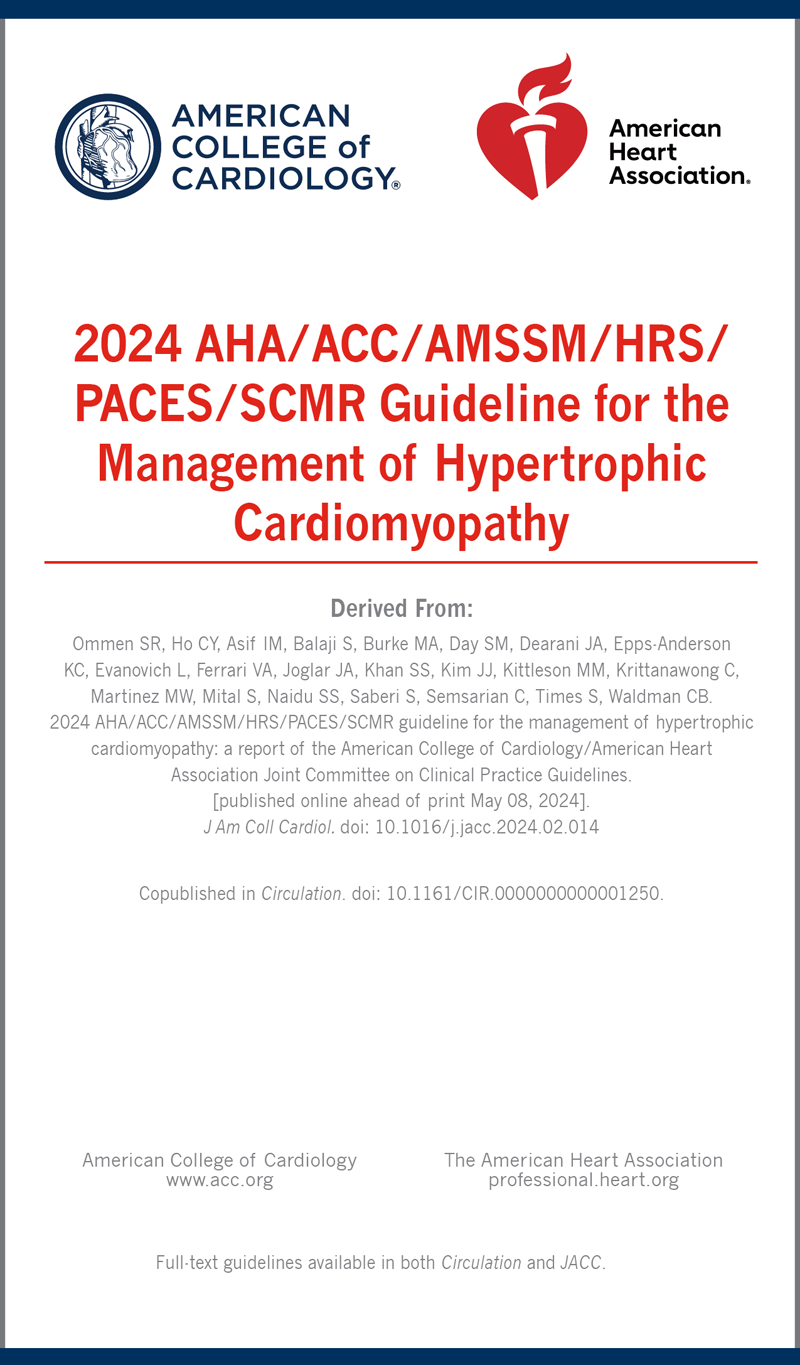
Diagnosis and Treatment of Patients with Hypertrophic Cardiomyopathy
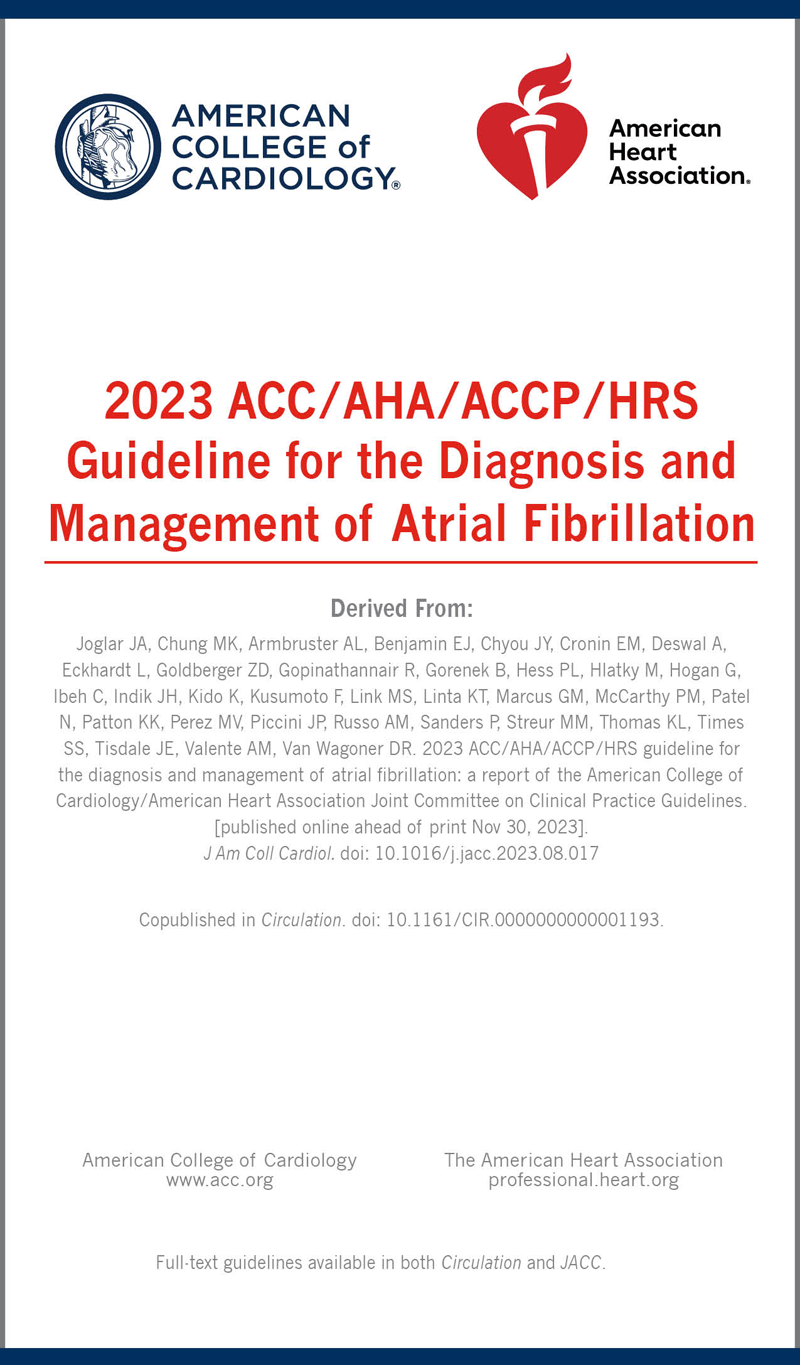
Management of Patients with Atrial Fibrillation
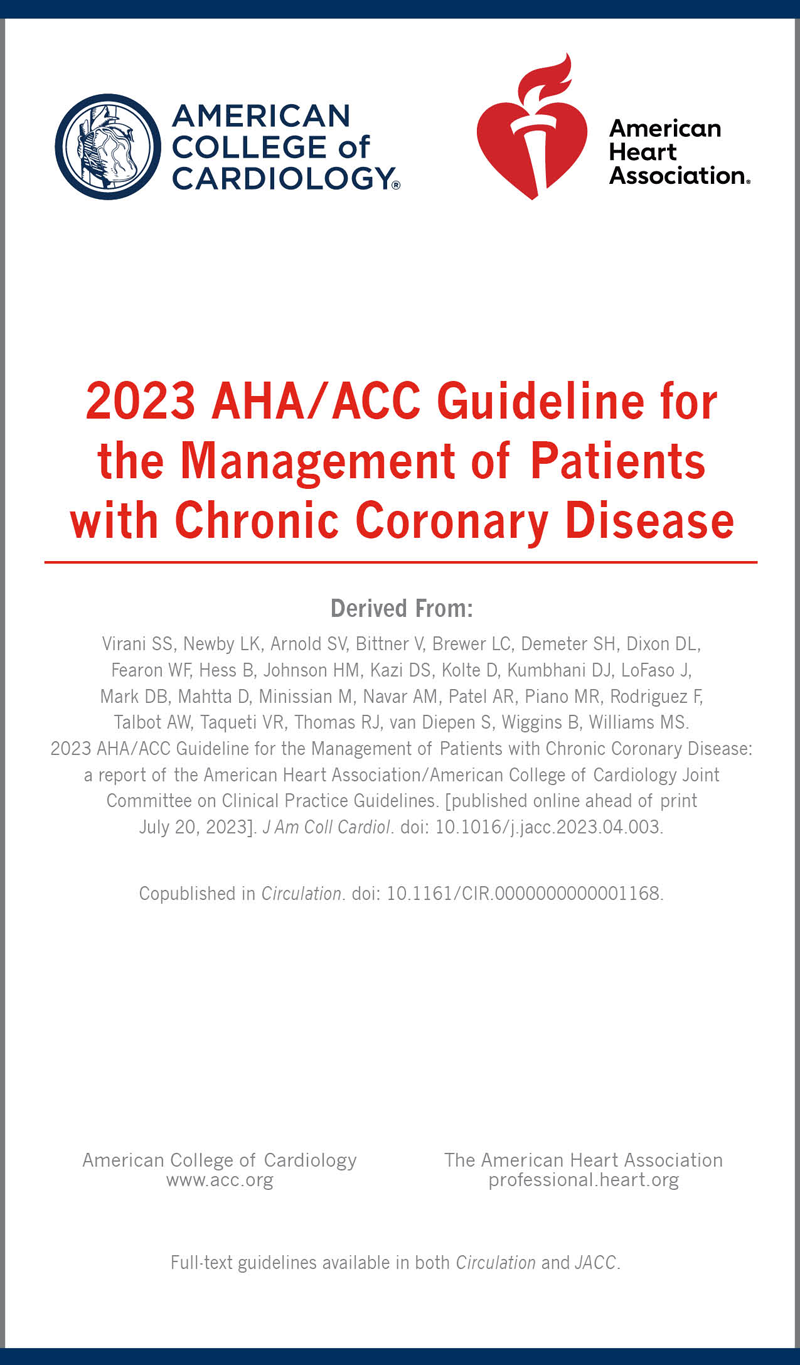
Management of Patients with Chronic Coronary Disease
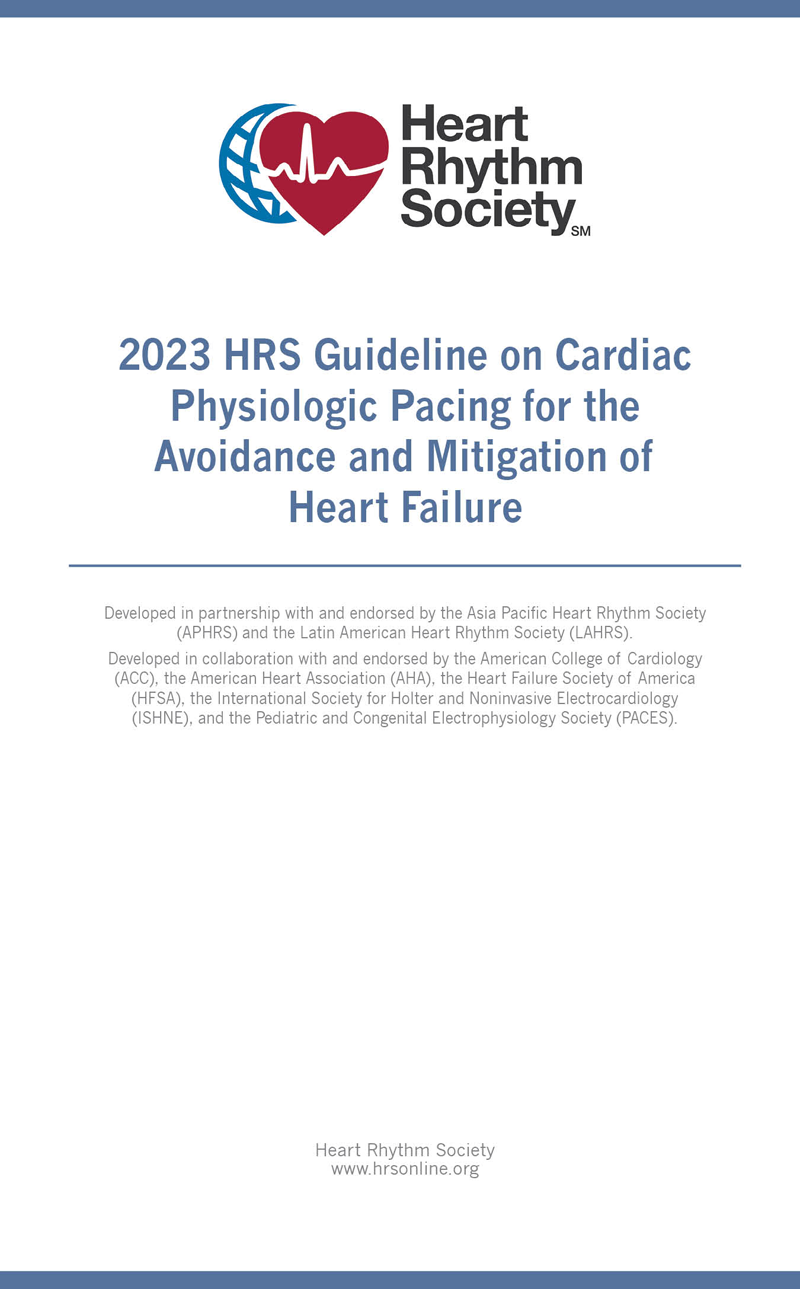
Cardiac Physiologic Pacing for the Avoidance and Mitigation of Heart Failure
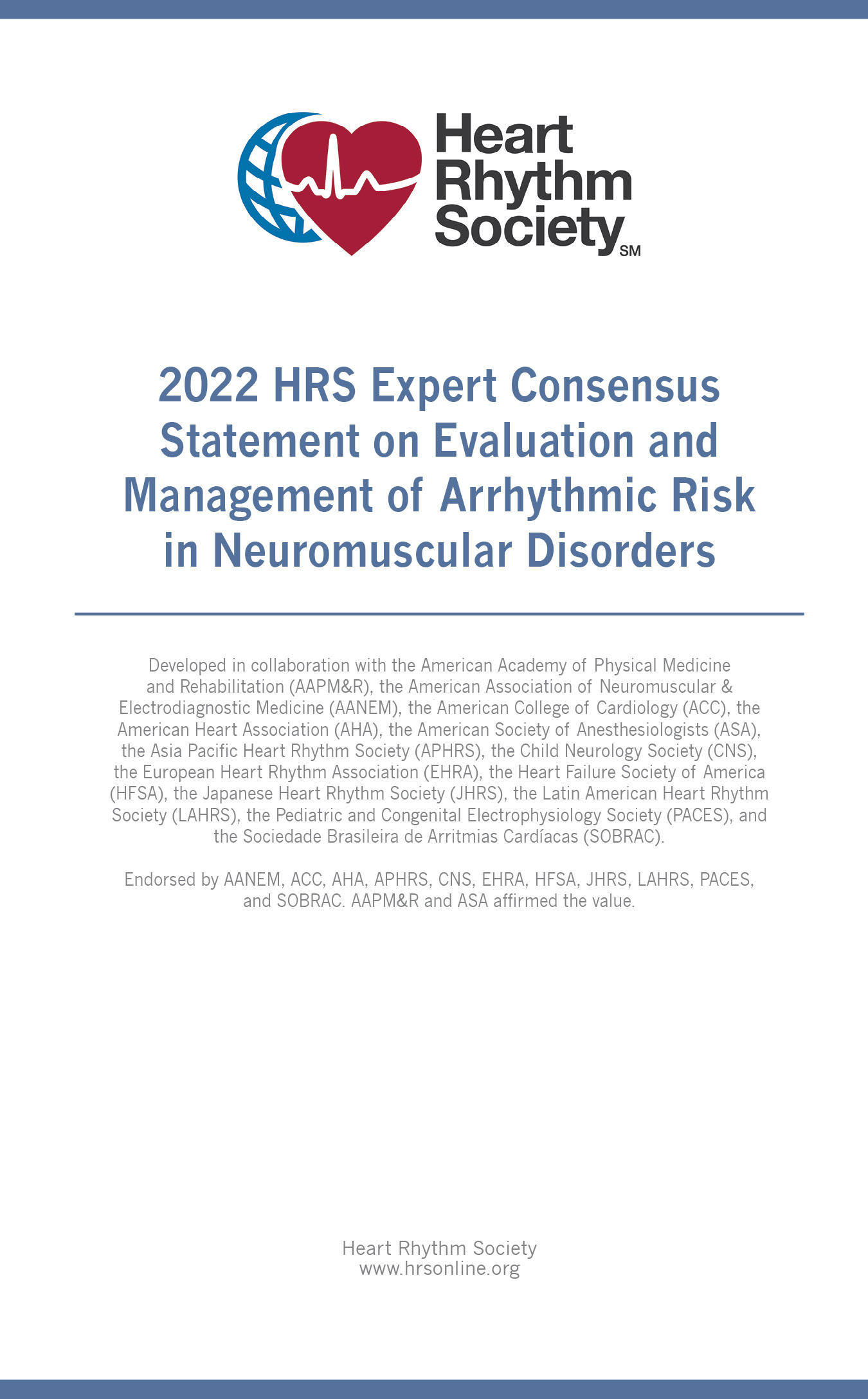
Evaluation and Management of Arrhythmic Risk in Neuromuscular Disorders
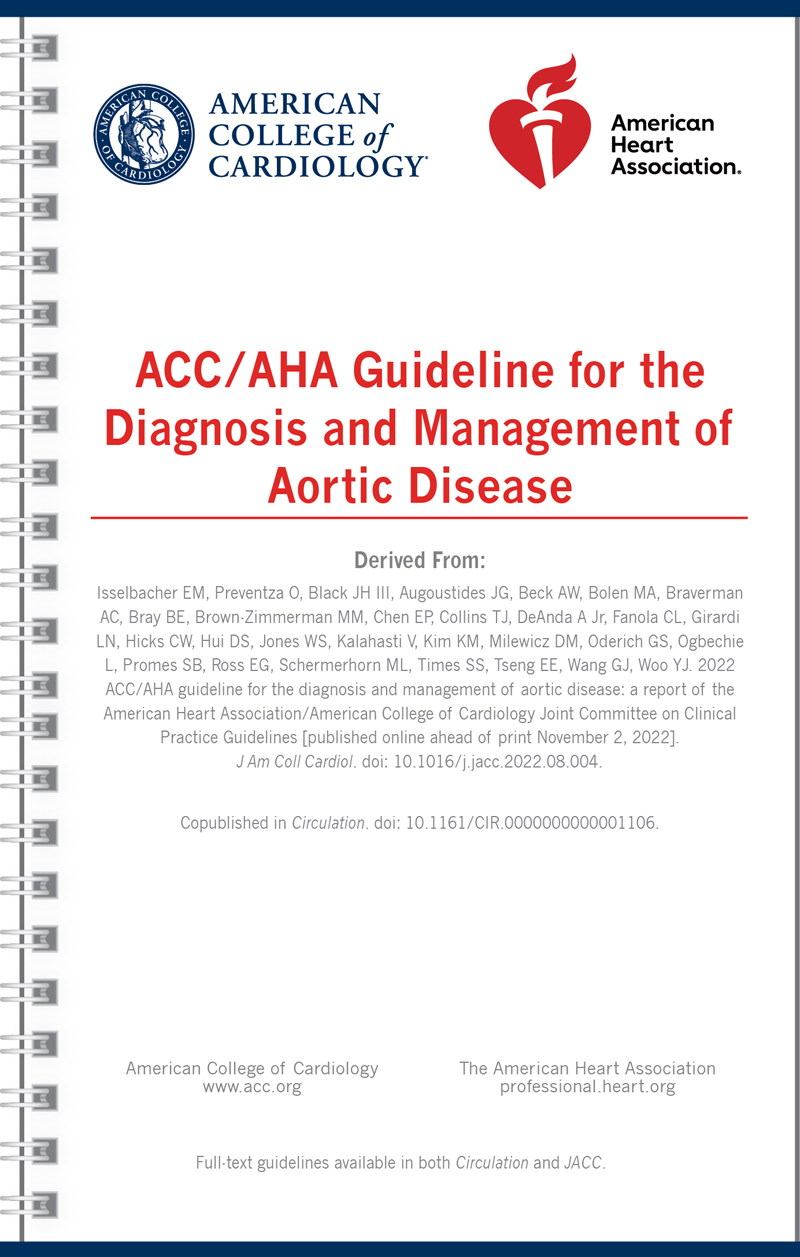
Diagnosis and Management of Aortic Disease
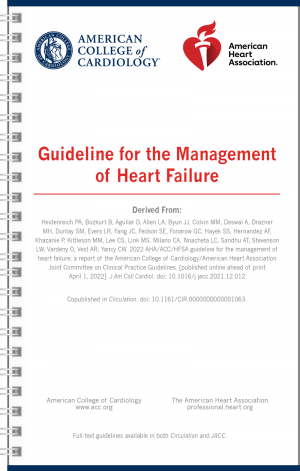
Heart Failure
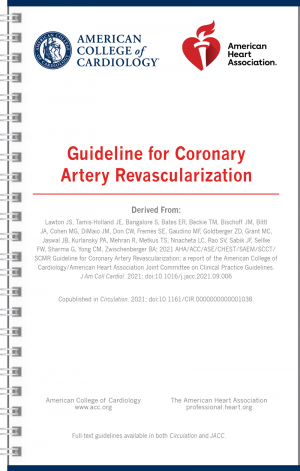
Coronary Artery Revascularization
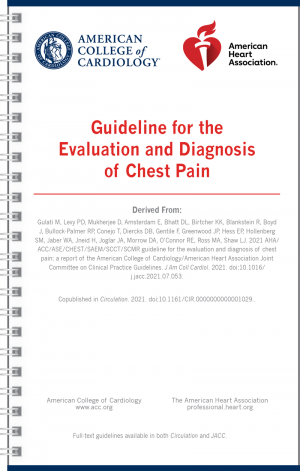
Evaluation and Diagnosis of Chest Pain
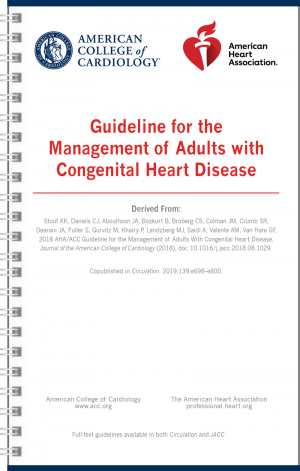
Management of Adults with Congenital Heart Disease
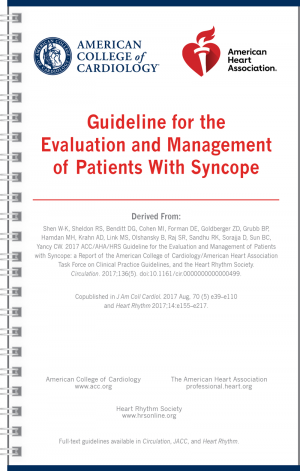
Evaluation and Management of Patients With Syncope

Evaluation and Management of Patients with Bradycardia and Cardiac Conduction Delay
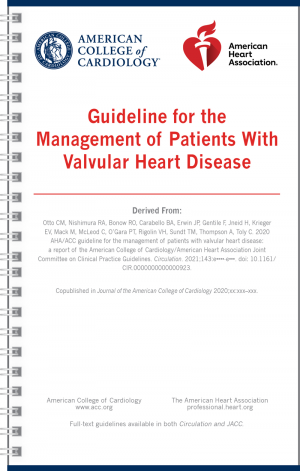
Valvular Heart Disease
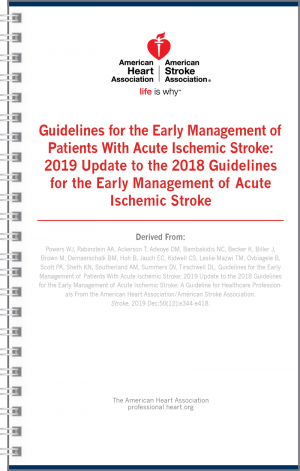
Early Management of Patients With Acute Ischemic Stroke
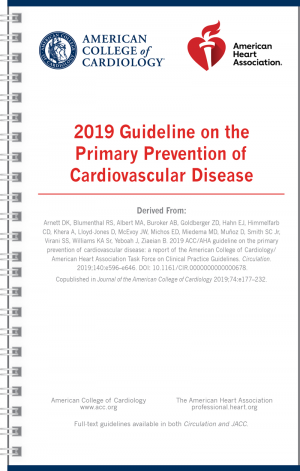
Primary Prevention of Cardiovascular Disease
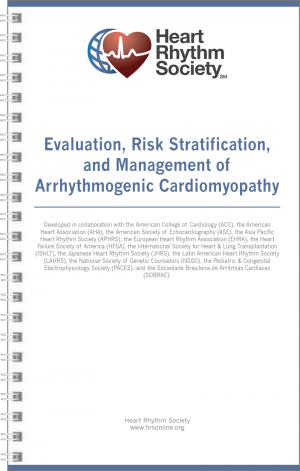
Evaluation, Risk Stratification, and Management of Arrhythmogenic Cardiomyopathy
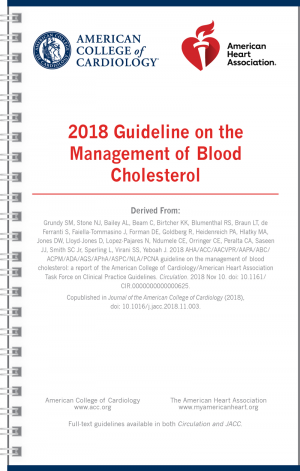
Management of Blood Cholesterol
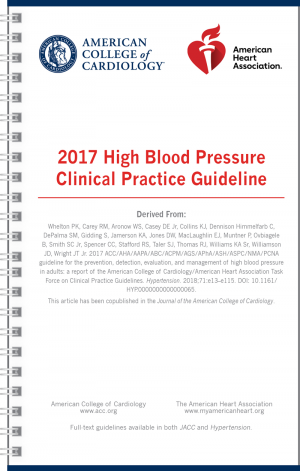
Prevention, Detection, Evaluation, and Management of High Blood Pressure in Adults

Management of Patients With Ventricular Arrythmias and the Prevention of Sudden Cardiac Death
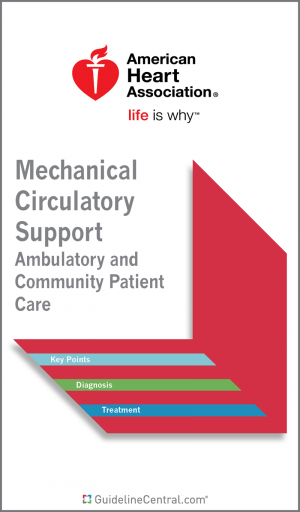
Mechanical Circulatory Support — Ambulatory and Community Patient Care
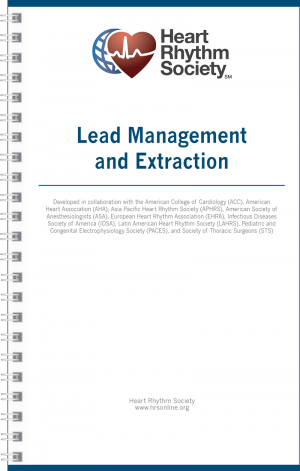
Cardiovascular Implantable Electronic Device Lead Management and Extraction
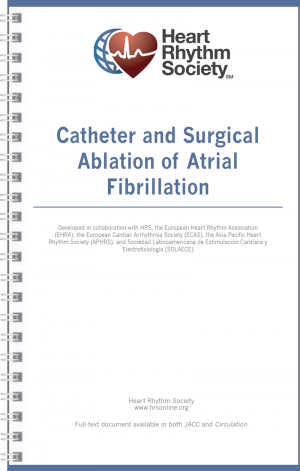
Catheter and Surgical Ablation of Atrial Fibrillation

Magnetic Resonance Imaging and Radiation Exposure in Patients with Cardiovascular Implantable Electronic Devices
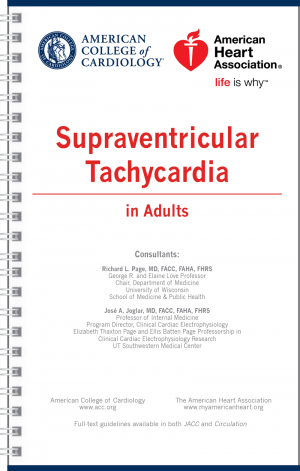
Supraventricular Tachycardia
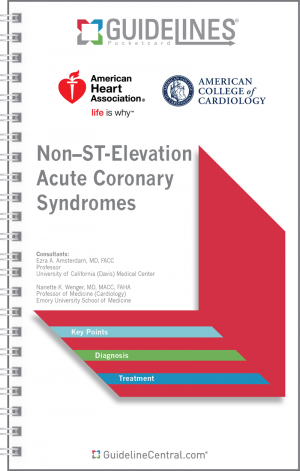
Non-ST-Elevation Acute Coronary Syndromes
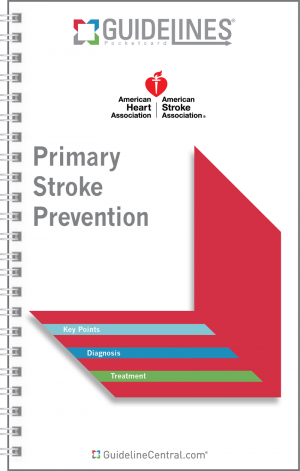
Primary Stroke Prevention
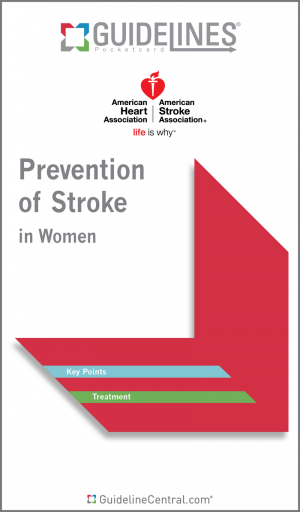
Prevention of Stroke In Women
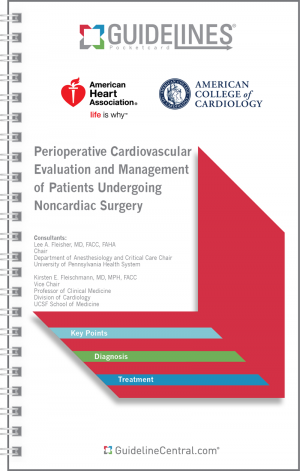
Perioperative Cardiovascular Evaluation and Management of Patients Undergoing Noncardiac Surgery
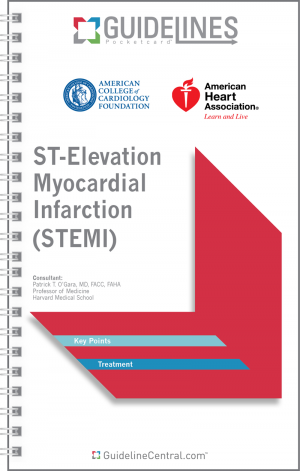
ST-Elevation Myocardial Infarction (STEMI)
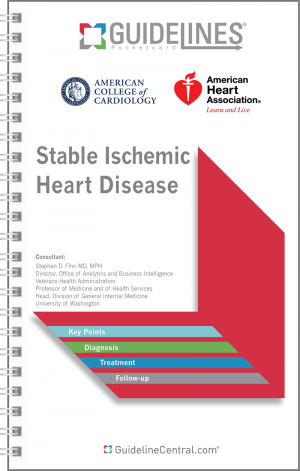
Stable Ischemic Heart Disease
